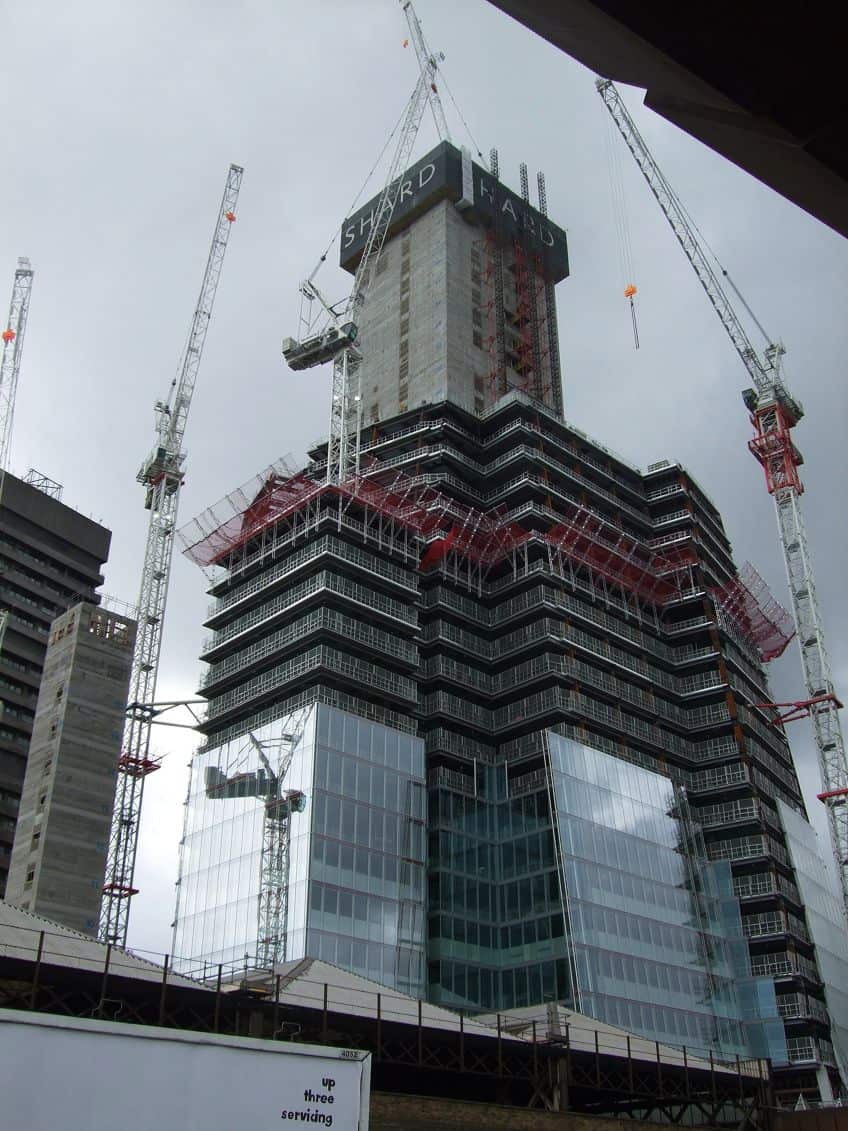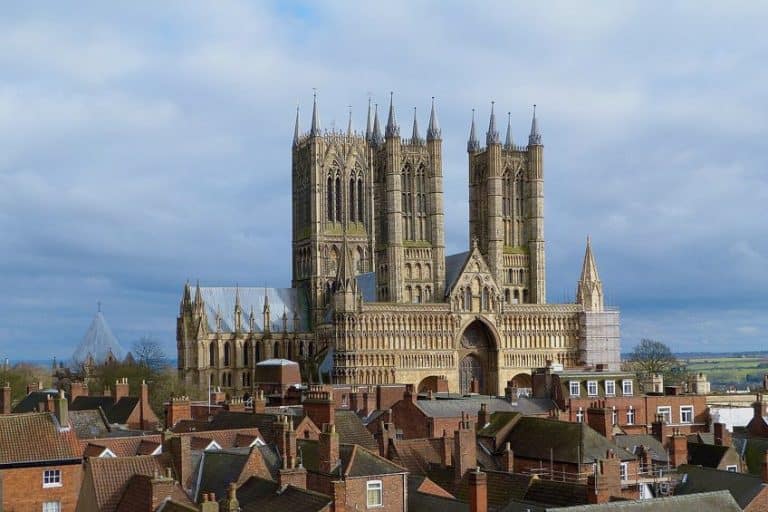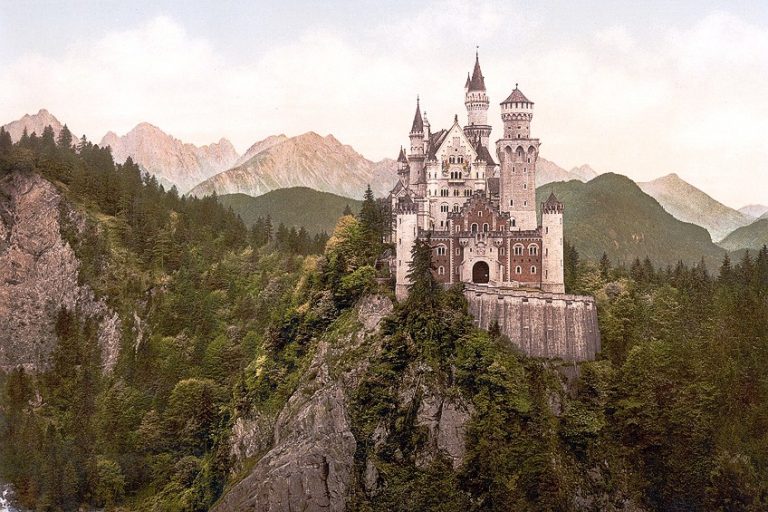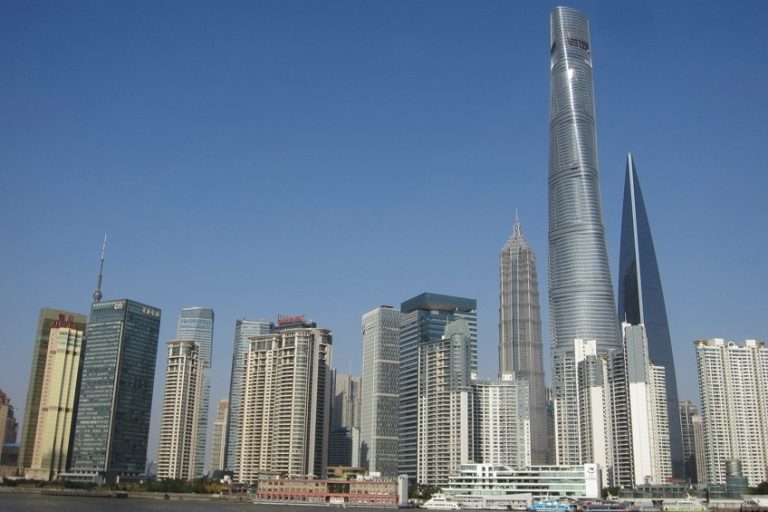The Shard in London – Explore the Iconic Shard Architecture
The Shard in London is renowned as the United Kingdom’s tallest skyscraper. But exactly how tall is the Shard, and how many floors does the Shard have in total? First off, who designed the Shard? Designed by Renzo Piano, a famous architect from Italy, it reaches just over 309 meters and comprises 72 floors. We will look at the Shard’s architecture and history, as well as other interesting facts about the building.
A Look at the United Kingdom’s Tallest Building – The Shard in London
| Architect | Renzo Piano (1937 – Present) |
| Date Completed | 2012 |
| Height (meters) | 309.6 |
| Materials | Steel and glass |
| Location | Southwark, London, United Kingdom |
Not only is this massive skyscraper the tallest in the United Kingdom but it is also ranked Europe’s seventh tallest. Where is The Shard located, though, and when was The Shard built? The Shard was constructed in the Central London district of Southwark, which is situated on the southern bank of the River Thames. Work on the site started in March 2009 and concluded in November 2012. The skyscraper’s observation deck is located on the 72nd floor and was opened on the 1st of February 2013.

Construction History of the Shard in London
Following a report by the U.K. Government that encouraged the construction of skyscrapers at prominent transport hubs, Irvine Sellar, an entrepreneur, decided that it would be a good idea to redevelop Southwark Towers, a building that had originally been constructed in the 1970s. In 2000, he traveled to Berlin to meet with Renzo Piano, the Italian architect, for lunch.
Based on Stellar’s account of the meeting, the architect said that the conventional design of modern skyscrapers brought him much contempt, and he then proceeded to flip the menu around and draw a spire-like glass edifice rising from just beyond the River Thames.
Planning of the Shard in London
John Prescott, the United Kingdom’s Deputy Prime Minister, requested a planning inquiry in July 2002, after CABE (Commission for Architecture and the Built Environment) opposed the development plans. After the inquiry was complete, the plans were approved and consent was granted to commence construction. During the announcement of the plan’s approval, the Deputy Prime Minister said that only skyscrapers of outstanding design and quality would be approved, and he was satisfied that the plans met those criteria. To pay for the costs of buying out the Southwark Tower’s tenant leases, in September 2006, Sellar secured £196 million.

A year later, the site was vacant of all previous tenants, and preparations for the tower’s demolition began in September 2007. Construction was threatened by a turbulent financial market later that month, and concerns arose about the skyscraper’s viability. Yet, in January 2009, they announced that the needed funding had been raised. Various investors, such as Qatar National Bank and Qatari Islamic Bank paid £150 million for 80% of the building. Who owns The Shard today, though? Today it is owned jointly by Sellar and the State of Qatar. The Southwark Tower’s demolition was visibly underway by April 2008.
The Shard Architecture
Who designed the Shard? Renzo Piano designed the skyscraper as a spire-like glass sculpture arising from the Thames and was inspired by Canaketto’s paintings of 18th-century spires in London, sailing ship masts, and the railway lines that ran next to the property. It got its name from a criticism of the design by English Heritage, which stated that the landscape would look like the historic heart of London had been staked with a shard of glass. However, the architect felt that the design would be far more subtle than most detractors were anticipating and that it would be a welcomed and beneficial addition to the city’s skyline. He planned to create expressive angled glass pane facades and glazing to reflect the sky and sunlight, thereby changing the building’s appearance depending on the season or weather.
The Shard in London comprises 11,000 glass panes and covers a surface area equivalent in size to eight professional football fields.
The skyscraper was designed to be energy efficient and utilizes a combined power and heat plant, which runs on natural gasses supplied by the National Grid. The plant ensures that the electricity is effectively converted from the fuel source and uses the engine’s heat to provide the skyscraper’s heated water. Structural engineers and architects started to re-evaluate how skyscrapers were designed after the attacks on the World Trade Center. Following a report of the towers’ collapse, the initial conceptual designs of The Shard were one of the first to be amended in the United Kingdom. Due to its striking design which is instantly recognizable, the 2014 Emporis Skyscraper Award was given to The Shard in London.
Construction Period
Some groundbreaking methods were employed in the skyscraper’s construction, including “top-down” construction – the first of its kind in the United Kingdom. A piling rig and mobile crane arrived on site in February 2009 and the following month steel beams were placed into the ground in preparation for the core of the building’s construction. On the 28th of April, the first steelwork was added to the piles of the building. In total, the building was constructed using five cranes, four of which “jumped” with the tower as it ascended. The core of concrete rose steadily by about three meters every day until it reached the 38th floor, whereupon it was reconfigured. It had reached the 8th floor by the middle of November 2010 and topped out in early 2011 at the 72nd floor.

The hydraulic screens used to produce the concrete floors were installed in early January 2011 and the first concrete floor was poured on the 25th of the same month. There was also progress with the cladding of the skyscraper during this time. It was also around this time that a fox was found living on the incomplete building’s top floor. It is believed to have entered the building through a stairwell and survived by eating food scraps left behind by the builders. After capturing it, the fox was relocated to Riverside Animal Center. Almost half of the exterior of the building had been clad by August 2011 and the concrete floors had been poured up to the 67th floor.
Reaching 244 meters, the steel of the tower started to approach the height of the concrete core. The upper spire of The Shard in London was installed using a crane that was erected on the 24th of September – the tallest ever built in the United Kingdom at the time.
With a design based on 3D modeling, the pre-fabricated spire was pre-assembled before being installed on the skyscraper. Before even being completed it superseded Frankfurt’s Commerzbank Tower as the tallest skyscraper in the European Union. The 66-meter spire was added on the 30th of March 2012, bringing the height of the structure to 308 meters, and the addition of another 516 glass panes brought the final height of The Shared in London up to 309.6 meters.
Climbing, Urban Exploration, and Base Jumping at the Shard in London
In December 2011, while the skyscraper was still under construction, the Place Hackers, a group of recreational urban explorers, managed to evade the site’s security and found their way to the crane at the top, and then climbed it. From the top, they took photos of the skyline of London and uploaded them to the internet, upon which they received widespread attention from the media. Bradley Garrett, a researcher from Oxford University and a member of the Place Hackers, later told several media outlets that throughout The Shard’s construction over 20 urban explorers had been able to ascend to the top.
It has also been reported that between 2009 and 2012, Base jumpers descended from the skyscraper on more than a dozen occasions. One of the jumpers was Dan Witchalls, a roofer from Essex who used a helmet-mounted camera to record one of his four descents. It is believed that the highest base jump achieved at The Shard was performed from a height of 260 meters. Yet another person was reported to have base jumped from the building in March 2016.
A group of 40 people, including the Duke of York, Prince Andrew, abseiled down from the 87th floor of The Shard in London on the 3rd of September 2012. This was undertaken to raise funds for the Royal Marines Charitable Trust Fund as well as the Outward Bound Trust. Alain Robert, the urban climber from France, was sighted by security guards in the building in November 2012.
The owners of the building won an injunction that prevented him from trying to enter or climb the skyscraper later that same month.
In protest of Royal Dutch Shell’s oil drilling in the Arctic, six women from Greenpeace ascended the building and set up a flag. Medics were called to the tower’s base by the building’s owners, despite the women’s assurance that they were all experienced at climbing. The observation deck of the tower was shut for safety reasons, but the owners released a statement that everything else would still be open for business as usual. It took the women 16 hours to ascend the ladder-like edge of the building, after which they were promptly arrested on charges of suspicion of aggravated trespassing.
The Shard in Popular Culture
Due to its impressive height, distinct architecture, and position in central London, The Shard has been featured in many movies, television series, and video games. It appeared in The Snowman and the Snowdog (2012) as well as the video game based on it. It also played a significant role in a Doctor Who episode from 2013, when it served as the antagonist’s headquarters. In the episode, the doctor used a motorbike with anti-gravity capabilities to ascend the side of the skyscraper before riding through a window to enter the headquarters. It was also a big feature of the music video for the song “Maybe” (2022) by Machine Gun Kelly. In Spider-Man: Far From Home (2019), the tower served as the lookout point for Nick Fury in the climactic battle scene between Mysterio and Spider-Man.

A prominent feature of the city’s skyline, the Shard in London is among the world’s most instantly recognizable structures. Its observation deck offers the highest view of the surrounding cityscape and has helped the building become one of the most visited attractions in London. Due to the tower’s impressive height, the tallest crane ever built in the country was needed to add the spire to the top. The height of the Shard has also made it the target of urban explorers, base jumpers, and activists, who have all sought to scale the building for various reasons – whether to jump off from the side or ascend to the top for various personal and political reasons.
Frequently Asked Questions
How Tall Is the Shard in London?
That all depends on where you measure up to. The floors of the building reach a height of 306 meters, but there are glass panels above that which extend to a height of 309.6 meters. At 244 meters, there is also an observation deck.
When Was the Shard Built?
Construction at the site commenced in March 2009 and concluded in November 2012. It was constructed using the top-down method of construction. The building’s observation deck was opened on the 1st of February 2013.
Where Is the Shard?
The Shard can be found in central London in Southwark, a district located on the River Thames’ southern banks. It was built on the site of the old Southwark Tower. The old tower was demolished in 2007 to make way for the construction of the Shard.
How Many Floors Does the Shard Have?
In total, the Shard has 95 floors. However, only 72 of those are habitable. Due to its height, many people have scaled the facade so that they could base jump off or reach the top.
Who Owns the Shard Today?
Originally, the building was paid for by Irvine Sellar and CLS Holdings, his business partners in the venture. First, they had to buy out all the leases from the tenants of the old building. Today, it is co-owned by Sellar Property and the State of Qatar.
Justin van Huyssteen is a freelance writer, novelist, and academic originally from Cape Town, South Africa. At present, he has a bachelor’s degree in English and literary theory and an honor’s degree in literary theory. He is currently working towards his master’s degree in literary theory with a focus on animal studies, critical theory, and semiotics within literature. As a novelist and freelancer, he often writes under the pen name L.C. Lupus.
Justin’s preferred literary movements include modern and postmodern literature with literary fiction and genre fiction like sci-fi, post-apocalyptic, and horror being of particular interest. His academia extends to his interest in prose and narratology. He enjoys analyzing a variety of mediums through a literary lens, such as graphic novels, film, and video games.
Justin is working for artincontext.org as an author and content writer since 2022. He is responsible for all blog posts about architecture, literature and poetry.
Learn more about Justin van Huyssteen and the Art in Context Team.
Cite this Article
Justin, van Huyssteen, “The Shard in London – Explore the Iconic Shard Architecture.” Art in Context. April 26, 2023. URL: https://artincontext.org/the-shard-in-london/
van Huyssteen, J. (2023, 26 April). The Shard in London – Explore the Iconic Shard Architecture. Art in Context. https://artincontext.org/the-shard-in-london/
van Huyssteen, Justin. “The Shard in London – Explore the Iconic Shard Architecture.” Art in Context, April 26, 2023. https://artincontext.org/the-shard-in-london/.








